Electric bikes have surged in popularity, offering a greener and more efficient mode of transportation. One of the most crucial components of electric bikes is its battery, which powers the motor and determines the bike's range and performance. With various electric bike battery types available, understanding their characteristics and choosing the right one can significantly impact your e-bike experience. In this guide, we will delve into the different types of e-bike batteries, providing you with essential insights into each option and how to maintain your e-bike batteries in optimal condition.

What Are the Types of Batteries for Electric Bikes?
Electric bikes are powered by various types of batteries, each offering distinct advantages and considerations. The most common electric bike battery types include:
Lithium-ion (Li-ion) Batteries
Li-ion batteries are the most popular choice for e-bikes due to their high energy density, lightweight nature, and long lifespan, ranging from 800 to 1,000 charge cycles. They offer a good balance of performance, range, and cost. There are several variations of Li-ion batteries, including:
- Lithium Nickel Manganese Cobalt Oxide (NMC): Known for their high energy density and power output, NMC batteries are ideal for e-bikes that require quick acceleration and hill climbing capabilities.
- Lithium Iron Phosphate (LFP): While slightly less energy-dense than NMC, LFP batteries are more stable and safer, making them a popular choice for e-bikes used in harsh conditions.
- Lithium Cobalt Oxide (LCO): LCO batteries are lightweight and compact, but they have a shorter lifespan compared to other Li-ion types.

Lead-Acid Batteries
Lead-acid batteries are the oldest rechargeable battery technology and are still used in some entry-level e-bikes. They are significantly cheaper than lithium-ion batteries, making them an attractive option for budget-conscious buyers.
However, these batteries are bulky, heavy, have a shorter lifespan (lasting about 300 to 500 charge cycles), and demand more maintenance compared to Li-ion batteries. They also require longer charging times, which may pose an inconvenience for frequent riders.

Nickel-Metal Hydride (NiMH) Batteries
Offering a middle ground between lead acid and lithium-ion batteries, Nickel-Metal Hydride (NiMH) batteries were once a popular choice for e-bikes and are still used in some older models. They offer a significant improvement over lead-acid batteries in terms of weight and compactness, contributing to sleeker and lighter e-bike designs.
However, NiMH batteries generally have a shorter lifespan (lasting between 500 and 1000 charge cycles) and lower energy density compared to lithium-ion. They tend to self-discharge more quickly, losing charge even when not in use, and their performance can deteriorate in cold weather, reducing both capacity and efficiency in colder climates.

How to Maintain Your E-Bike Batteries
Proper maintenance of your e-bike's battery not only extends its lifespan but also enhances the overall performance of your ride. Here are key practices to keep the batteries of electric bikes in top condition:
- Charge Regularly and Properly: Avoid fully depleting your battery before recharging, as deep discharges can reduce its lifespan. It's best to charge your battery after each ride, regardless of the type, to ensure it remains in a healthy state of charge. For Li-ion batteries, keeping them between 20% and 80% charge can help maximize their lifespan. Use the charger provided by the manufacturer and avoid overcharging, as this can also damage the battery.
- Temperature Considerations: Extreme temperatures, both hot and cold, can negatively impact battery performance and lifespan. Store and charge your e-bike and battery in a cool, dry place away from direct sunlight and extreme heat. If you live in a region with harsh winters, consider storing your battery indoors during the colder months.
- Clean Contacts: Keep the battery contacts clean and free from dirt and corrosion. Use a dry cloth to wipe the contacts. This ensures efficient power transfer and reduces wear and tear.
- Regularly Check for Damage: Inspect your battery for any signs of damage, such as cracks, leaks, or bulging. These signs can indicate internal problems that could affect performance or pose safety risks. If you notice any damage, consult a professional before using the battery again.
- Proper Storage: If you're not using your ebike for an extended period, store the battery at a half-charged state in a cool, dry place. Fully charging or depleting the battery before storage can lead to decreased battery health.
- Follow Manufacturer's Recommendations: Always follow the manufacturer's instructions for charging, storing, and maintaining your e-bike battery. They may have specific recommendations based on the battery type and model.

Conclusion
Understanding the different electric bike battery types is more than just technical knowledge; it's about enhancing the longevity and performance of your e-bike. From lithium-ion to nickel-metal hydride, each type offers unique benefits and requires specific care. By following the maintenance tips discussed, you can ensure that your e-bike remains a reliable and efficient mode of transportation. Remember, the better you care for your battery, the longer it will propel you on your journeys, making every ride enjoyable and worry-free.
FAQ
How long do e-bike batteries typically last?
E-bike batteries typically last between 3 to 5 years or about 500 to 1,000 charge cycles. The lifespan can vary based on the battery type, usage patterns, and maintenance. Regularly charging the battery and avoiding extreme temperatures can help extend its lifespan.
Which electric bike battery is best for long distance riding?
The best electric bike battery for long-distance riding is typically a lithium-ion battery. These batteries are favored for their high energy density, which means they can store more energy for longer rides without significantly increasing the weight of the bike. They also have a longer lifespan and better efficiency compared to other types of e-bike batteries like lead-acid or nickel-metal hydride.
Can I upgrade my e-bike battery to a higher capacity?
Yes, you can upgrade your e-bike battery to a higher capacity, which can increase your range and allow for longer rides between charges. However, it's important to ensure that the new battery is compatible with your e-bike's motor and controller. Check the manufacturer's specifications or consult with a professional to ensure proper fit and function.


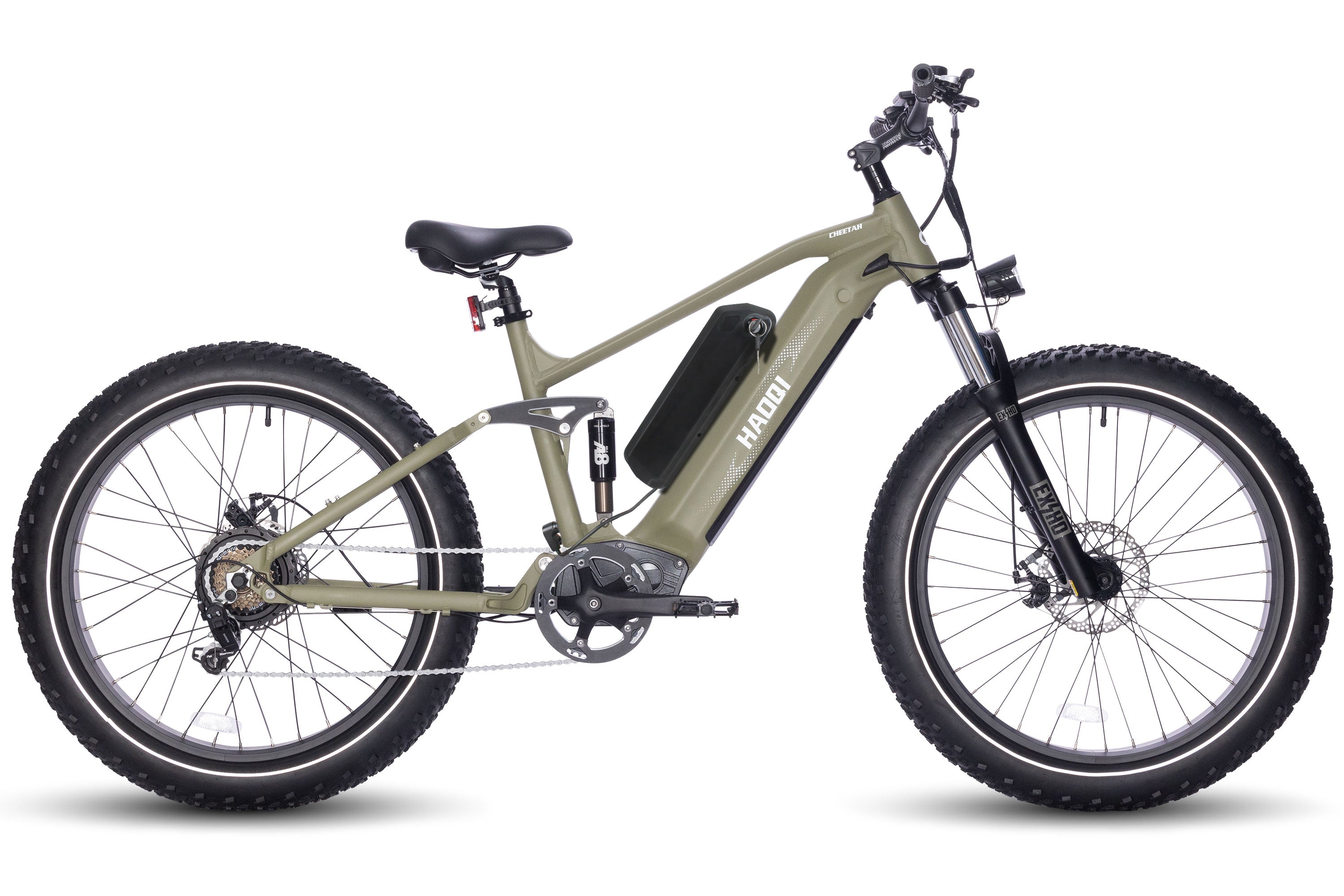
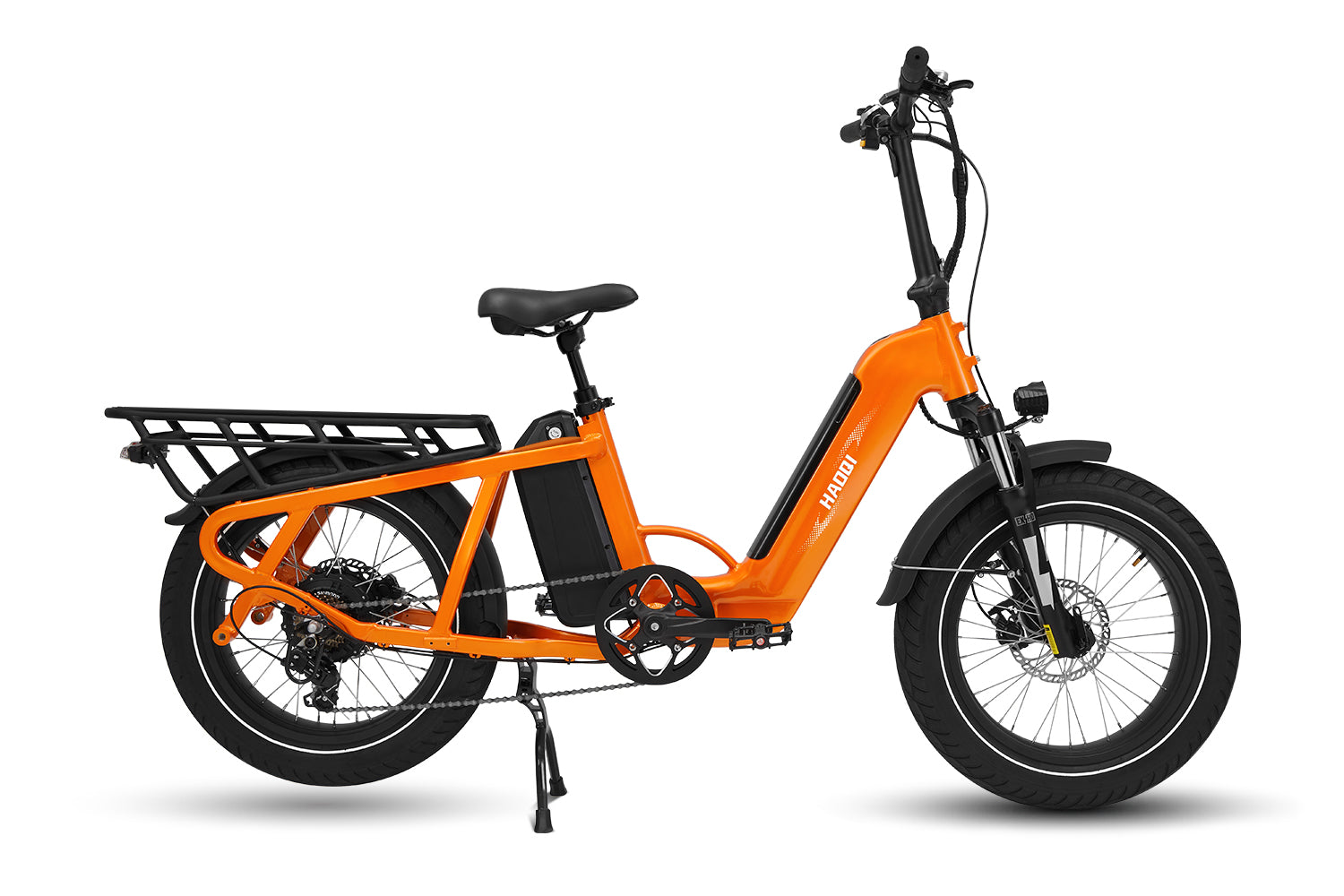
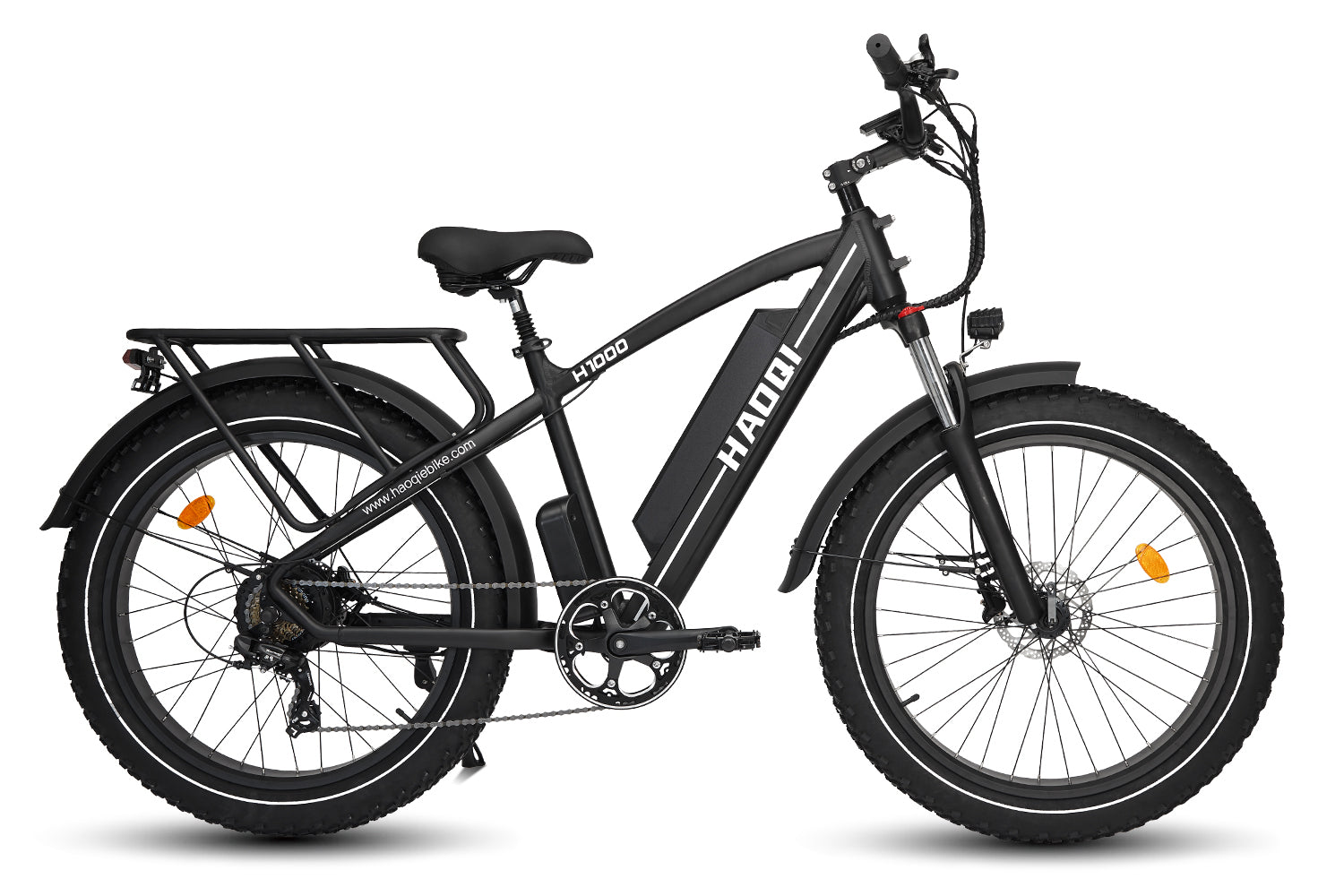
![HAOQI Antelope 500W Cargo Electric Bike (UL Certified) [electric bike] [HAOQI ebike]](http://haoqiebike.com/cdn/shop/products/haoqi-antelope-cargo-electric-bike-with-dual-battery-haoqiebike-com-1.jpg?v=1753954498&width=1500)
![HAOQI Squirrel Folding Electric Bike (UL Certified) [electric bike] [HAOQI ebike]](http://haoqiebike.com/cdn/shop/files/1_03c67b67-715e-4617-a648-51f108ceb425.jpg?v=1766473332&width=1500)
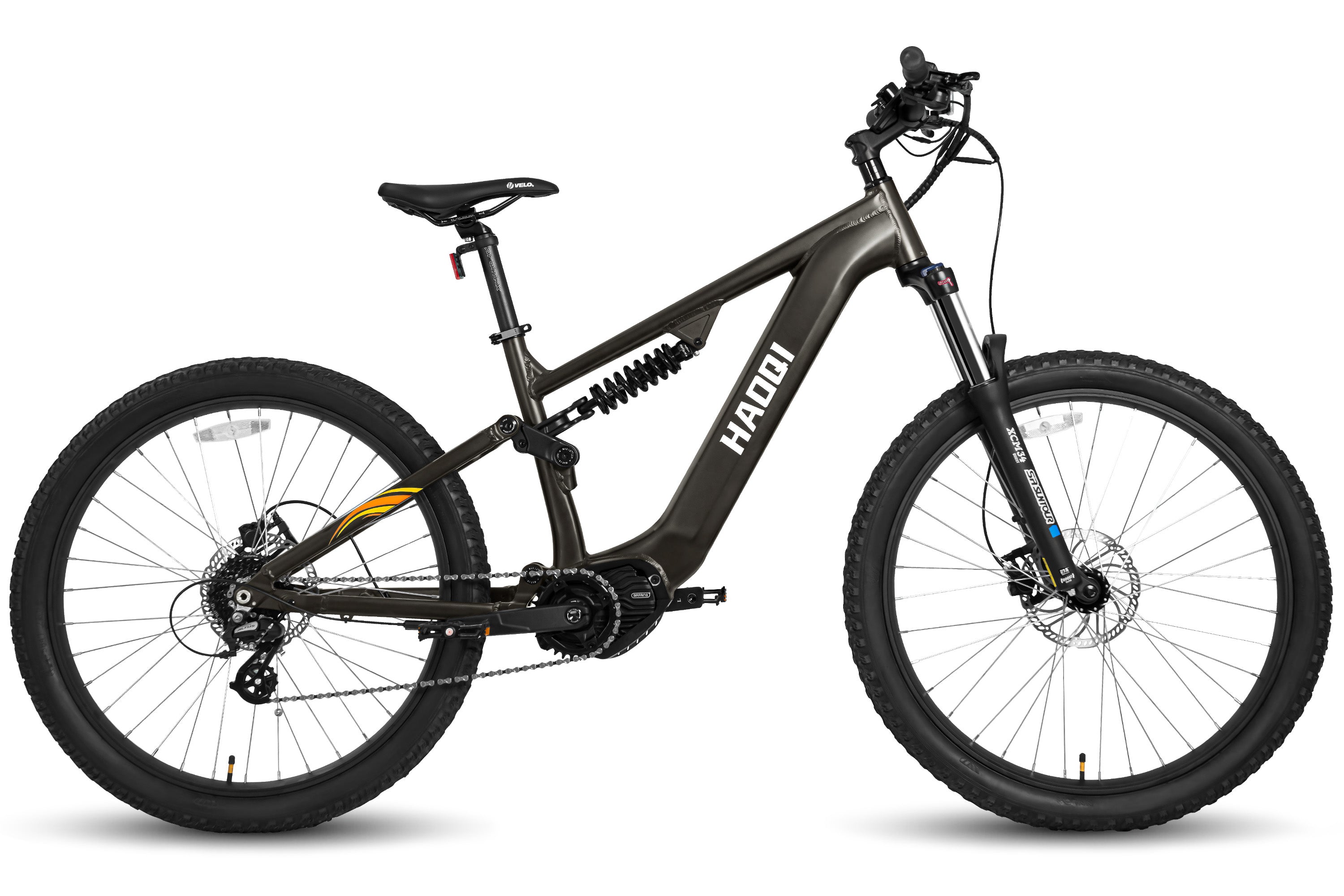
![HAOQI Eagle Long Range Electric Bicycle (UL Certified) [electric bike] [HAOQI ebike]](http://haoqiebike.com/cdn/shop/files/2_bf7ae46b-aad6-472a-9c14-d56ca3f0feb6.jpg?v=1755142722&width=1500)
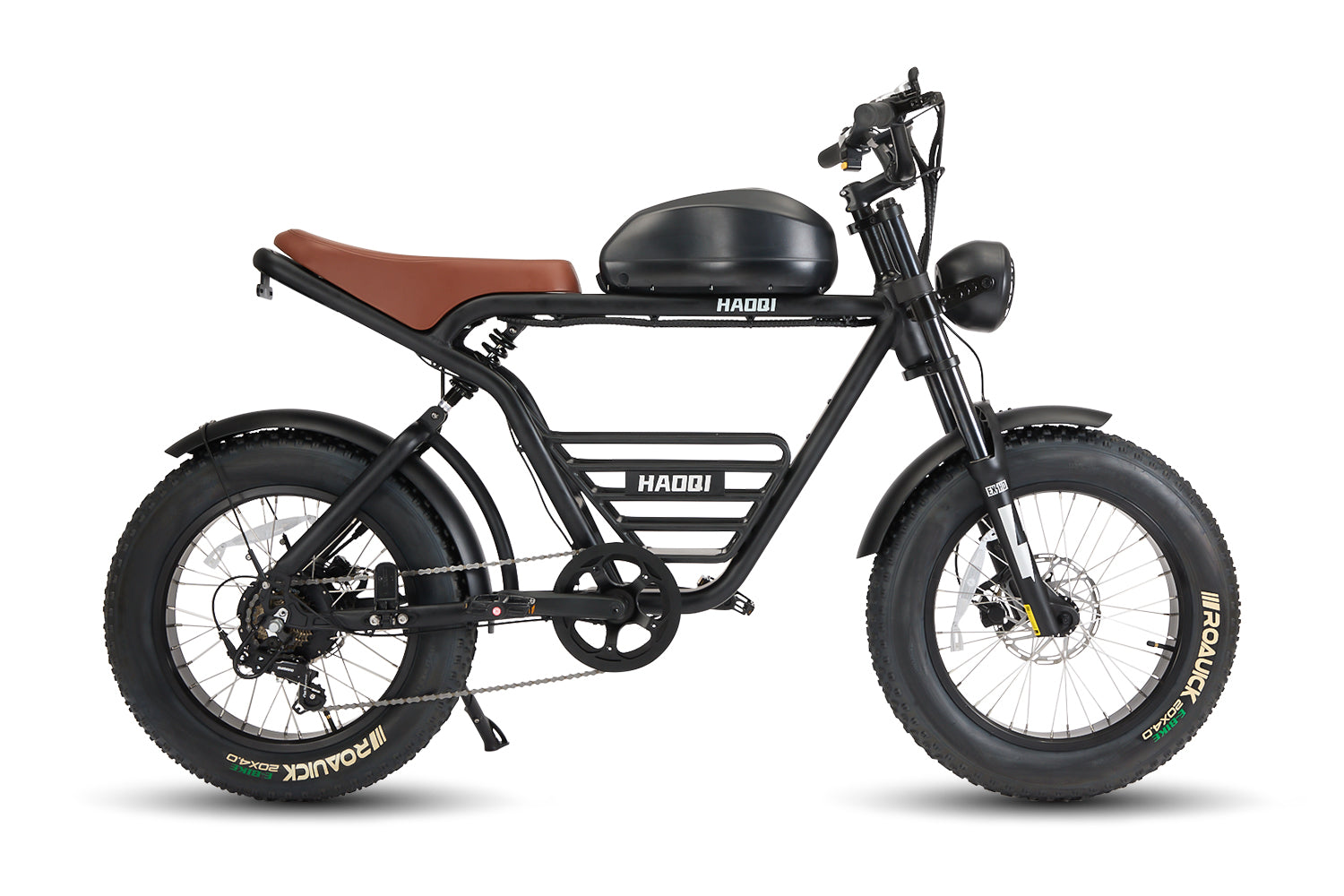
![HAOQI Antelope Pro 750W Cargo Electric Bike (UL Certified) [electric bike] [HAOQI ebike]](http://haoqiebike.com/cdn/shop/products/haoqi-antelope-pro-cargo-electric-bike-with-dual-battery-750w-haoqiebike-com-1.jpg?v=1751610204&width=1500)
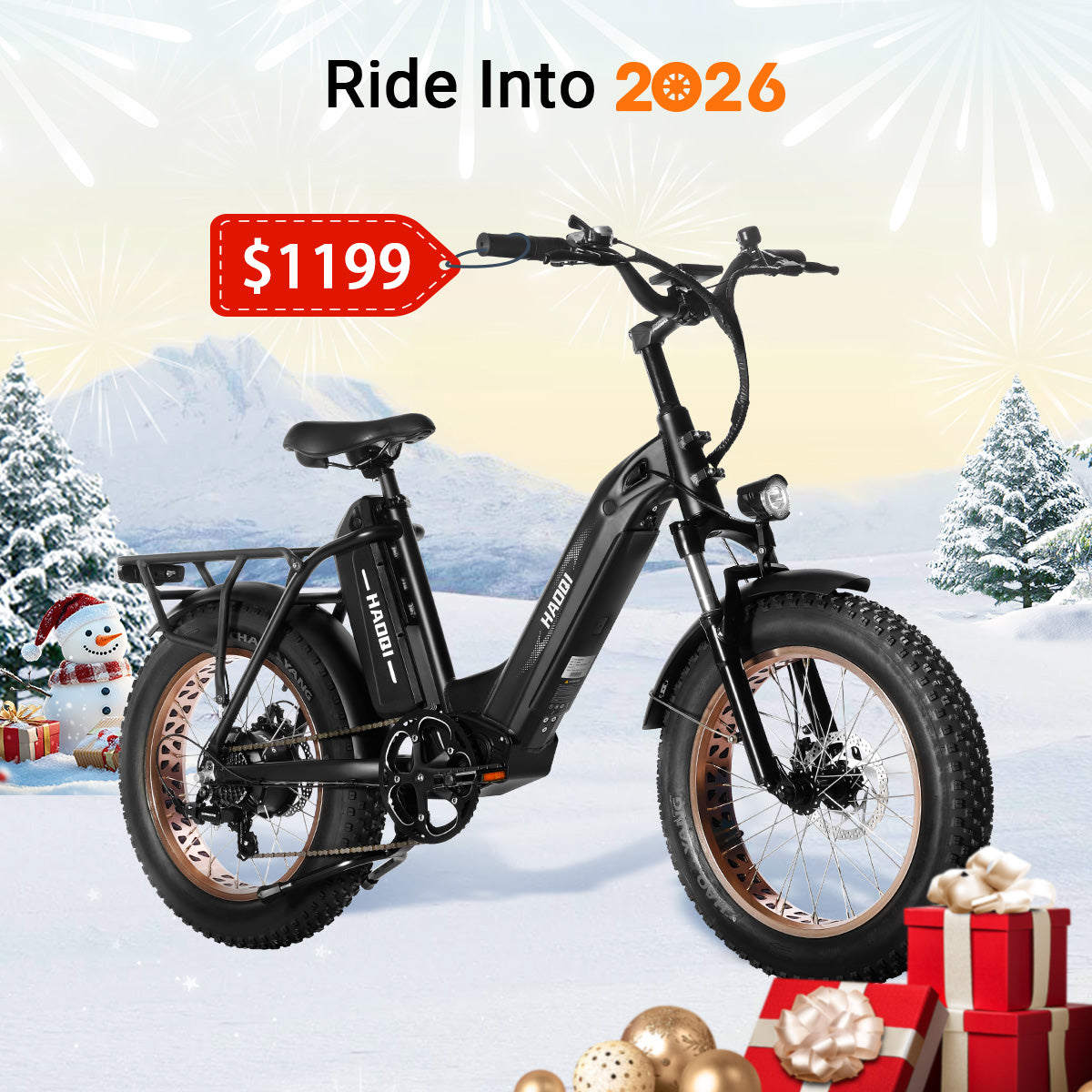

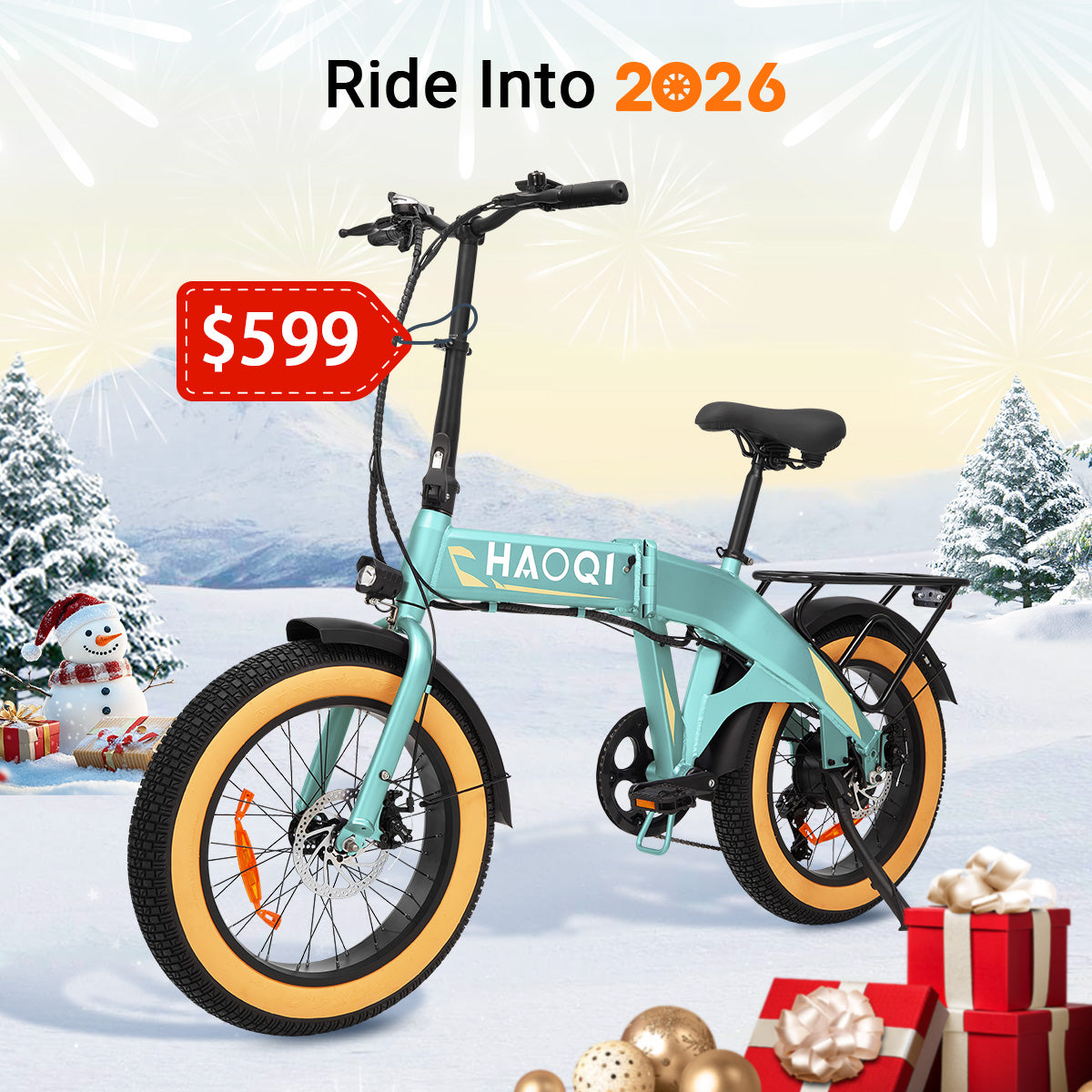

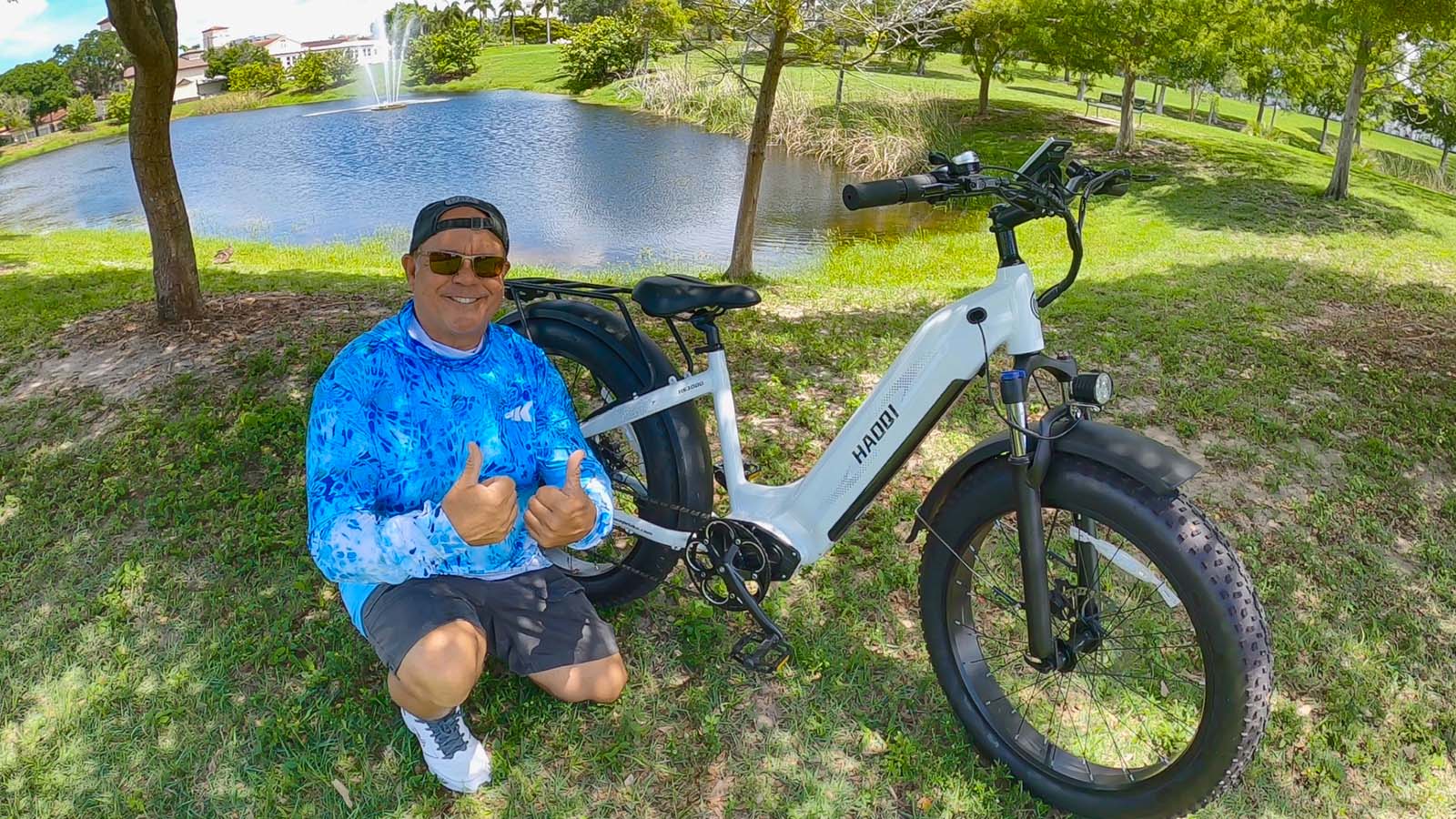




Leave a comment
This site is protected by hCaptcha and the hCaptcha Privacy Policy and Terms of Service apply.